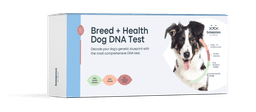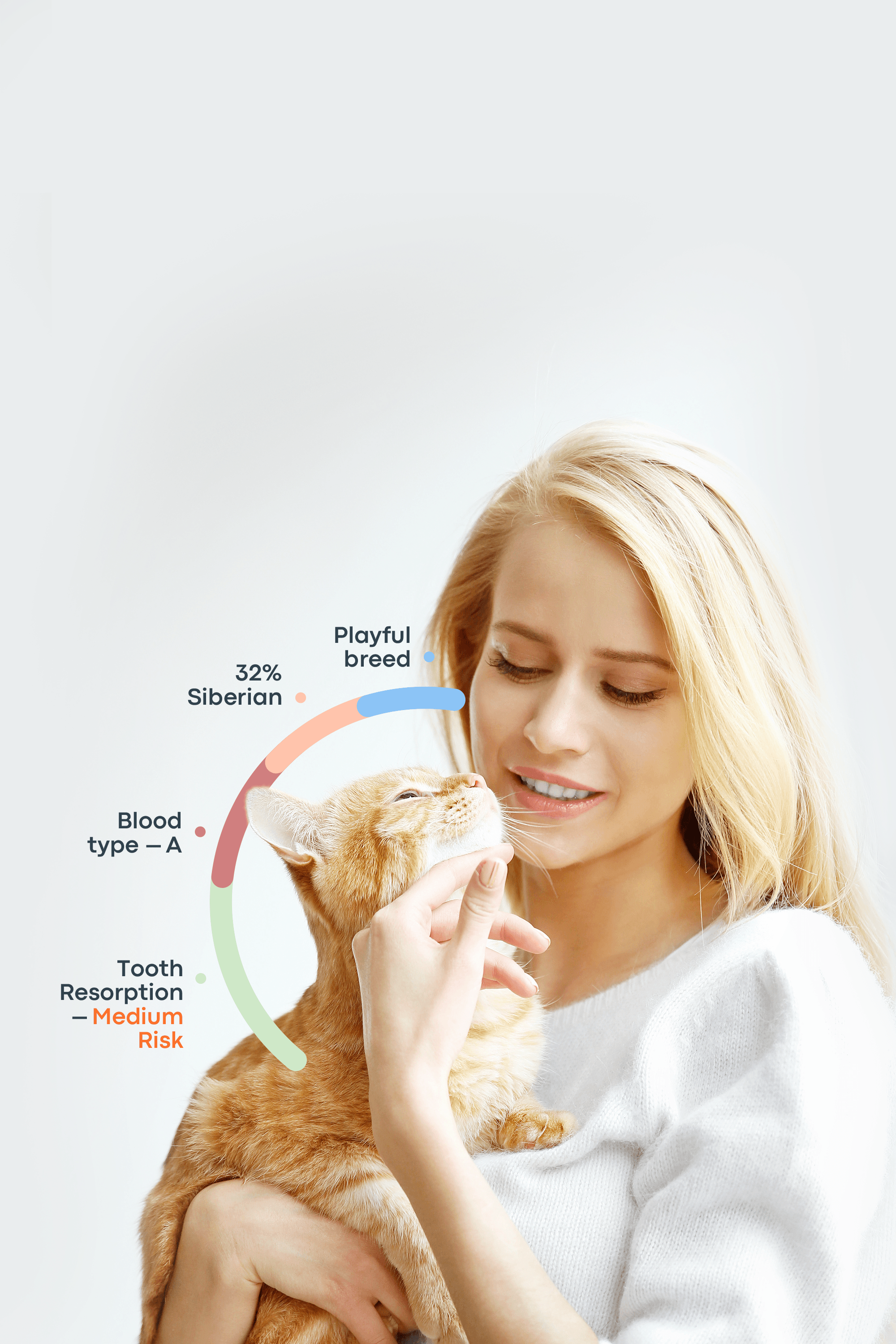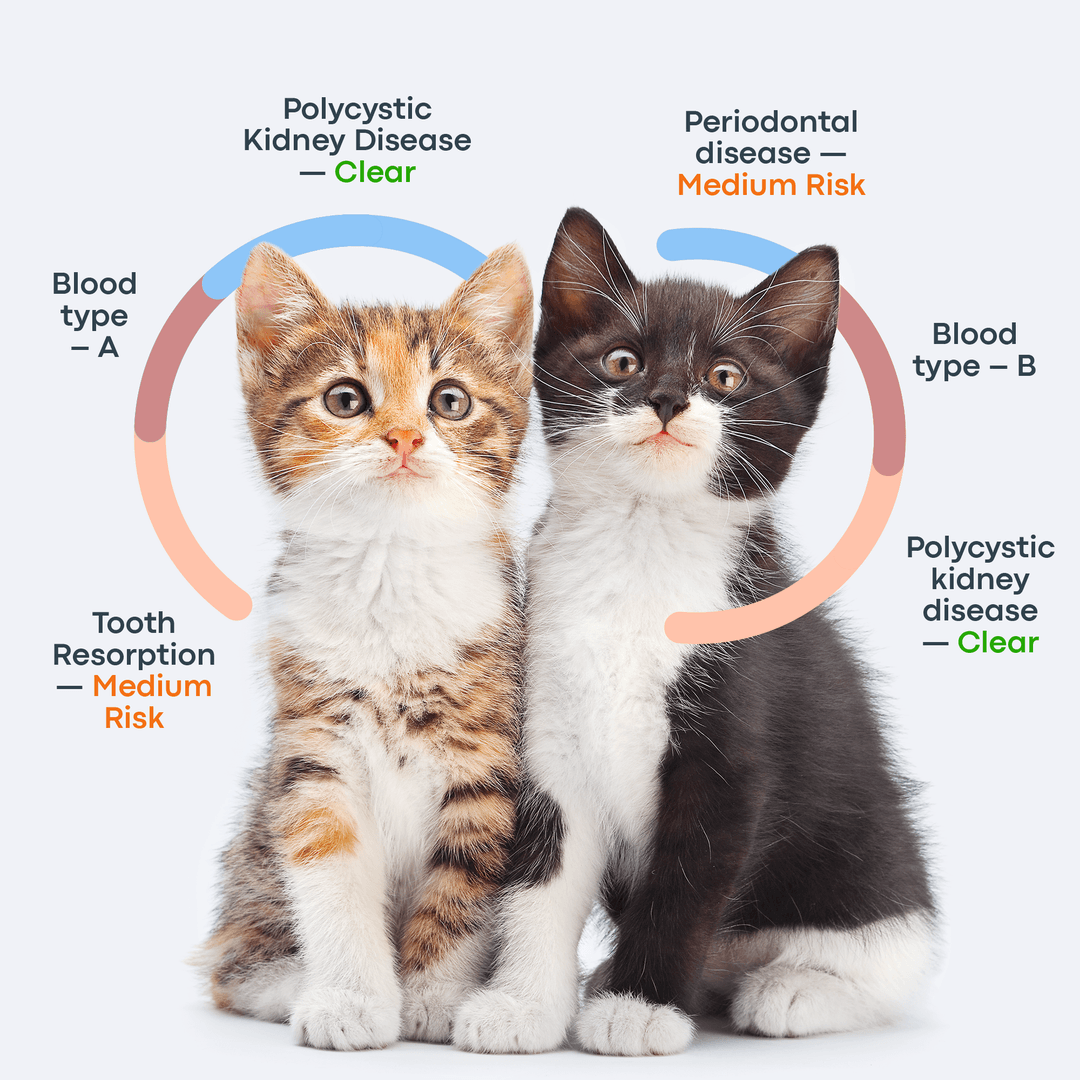Bathing is an important part of your dog’s overall well-being. It helps keep their skin and coat clean, reduces odor, prevents skin infections, and can even help manage shedding. So, how often should you bathe your dog? The answer depends on factors like their coat type, activity level, and overall health.
While dogs don’t need baths as frequently as humans, the old belief that they should be bathed as rarely as possible is outdated. Today, most veterinarians and groomers recommend bathing your dog at least once a month to maintain healthy skin and a clean coat. Frequent bathing is not harmful, as long as you use a gentle, dog-friendly shampoo that won’t dry out their skin.
General Guidelines: How Often Should You Wash Your Dog?
To answer the question “How often should you bathe your dog?”, we can look at the recommendations provided by experts at the American Kennel Club (AKC).
Medium- to long-coated breeds generally benefit from a bath about once a month, as long as their coat is properly maintained between washes.
Hairless breeds, such as the Xoloitzcuintli and Chinese Crested, often require weekly baths using specially formulated shampoos.
Short-haired breeds typically need a bath every 4 to 6 weeks.
The AKC offers a simple rule of thumb: bathe your dog when they’re no longer huggable. If your dog is visibly dirty, smelly, or showing signs of skin irritation, it’s time for a bath. That said, there’s no one-size-fits-all answer. Every dog is different, so, if you are in doubt, please check with your groomer or a vet about the right frequency for a dog wash.

Lifestyle Matters: When to Wash More or Less Frequently
Here are some answers to the question, “How often should I bathe my dog?” based on their lifestyle.
Dogs Who Love the Outdoors
Swimming enthusiasts: Dogs that swim in pools, lakes, or oceans should be rinsed or bathed after each swim to remove chlorine, salt, dirt, and other residues.
Messy adventurers: If your dog rolls in mud, something smelly, or comes into contact with feces or dead animals, a bath is necessary right away to eliminate bacteria and odors.
Hikers: After walking through dusty trails, muddy paths, or tick-infested areas, your dog should be bathed promptly to remove dirt and help prevent parasites.
Urban Dogs
City dogs are exposed to higher levels of dust, pollution, and allergens. Even if they appear clean, their paws and fur can pick up grime from sidewalks and streets. Urban dogs typically need more frequent baths than those living in rural areas.
Allergy-Sensitive Homes
If someone in your household is allergic to pet dander or pollen, regular baths — sometimes weekly — can help reduce allergens on your dog’s coat. Frequent washing can make living with your dog more comfortable for allergy sufferers.
Sedentary or Indoor Dogs
Low-energy or older dogs that stay indoors most of the time usually require less frequent bathing. Depending on their coat and skin condition, a bath every four to six weeks is typically sufficient.
Bathing Frequency by Coat Type
Table Bathing & Grooming Needs by Coat Type
Coat Type | Example Breeds | Bathing Frequency | Grooming Tips |
Short coat | Basenji, Boxer, Beagle, Bull Terrier, Dalmatian, Doberman Pinscher | Every 6-8 weeks | These breeds have low grooming needs. Bathe more frequently if they get smelly or dirty, or have a skin issue |
Long coat | Irish Setter, Afghan Hound, Collie | Every 4-6 weeks | Keep your dog clean between baths with regular brushing or wiping down with a dry shampoo |
Double-coat | Golden Retrievers, German Shepherds, Siberian Huskies, and Chow Chows | Every 6-8 weeks | Do not overbathe, as that could strip their coat’s natural oils. Brush regularly to remove mats, debris, and loose hairs. |
Curly or wavy coat | Poodle, Bichon Frisé, Portuguese Water Dog, Irish Water Spaniel | Every 3-4 weeks | Professional grooming benefits these dogs. Regularly groom to remove tangles and maintain the length of the coat. |
Hairless | Chinese Crested and Xoloitzcuintli | Once a week or once every two weeks | These breeds need sun protection, moisturizing skin creams, and vet-approved shampoos |
Corded coat | Puli and Komondor | Once every two months | Groom regularly to maintain the cords and prevent matting |
Silky coat | Havanese, Maltese, Bolognese, Lhasa Apso, Shih Tzu, Yorkies | Every 3-5 weeks | Need daily brushing to prevent tangling. May need professional grooming |
Wire coat | Wire-haired Dachshund, Wire Fox Terrier, Otterhound, Schnauzer | Every 4-6 weeks | They need hand-stripping and trimming regularly. |
Grooming your dog involves much more than just a bath. It includes brushing, nail clipping, ear cleaning, dental care, and sometimes even specialized coat maintenance. If you're planning to adopt or purchase a dog, it’s important to check with the breeder or rescue organization about the specific grooming needs of the breed.
A comprehensive coat care routine should go beyond washing. Depending on your dog’s coat type, grooming might also include:
De-shedding
Regular trimming
Hand-stripping
Cord maintenance
De-tangling and conditioning
In general, dogs with long or special coats require more attention. Fluffy breeds, long-coated dogs, and larger breeds often need more time to dry after baths and require frequent, thorough brushing. They may not always need large amounts of shampoo due to their size, but they do need more grooming overall compared to short-haired dogs.

Skin Conditions & Health Factors That Affect Bathing
When asking “How often should you wash your dog?” it’s important to consider your dog’s skin health. Consulting your veterinarian is essential if your dog has specific skin conditions. Here are some general guidelines:
Dogs with dry or sensitive skin should be bathed every 6 to 8 weeks using a gentle, medicated shampoo designed for sensitive skin.
Oily-skinned breeds like the Basset Hound typically require more frequent baths—about once a week—to manage excess oil without drying out their skin.
Dogs with skin issues such as dermatitis, allergies, or parasites may need more frequent bathing as part of their treatment. Your vet can recommend appropriate shampoos, medicated sprays, and oral treatments based on the condition.
Seasonal Factors That Affect Bathing Frequency
According to Forever Vets, dogs tend to produce more body oils during the warmer months, which can lead to an increase in body odor. As a result, you may need to bathe your dog more frequently in the summer and less often during the winter. However, in addition to seasonal changes, your dog’s coat type and activity level also play important roles in determining how often they should be bathed.
During the summer, if your dog frequently swims in a pool or lake, it’s a good idea to bathe them after each swim to remove chlorine, dirt, and other residues. Active dogs who enjoy hiking or running on dusty trails may also benefit from more frequent baths, as they can sweat more through their paw pads and accumulate debris. If your dog begins to smell, bathing every couple of weeks can help eliminate odor, bacteria, and dirt.
In the spring, double-coated breeds tend to shed heavily. Regular brushing and the use of a shedding-control shampoo can help manage loose fur and maintain a healthy coat. If your dog gets muddy from spring puddles, consider weekly baths or spot-cleaning based on how dirty they get.
In winter, you can typically extend the time between baths to about 6–8 weeks, especially for thick-coated breeds like Huskies, since their fur takes longer to dry. Dry indoor air combined with heating can also dry out your dog’s skin, so it's best to use a moisturizing shampoo during the colder months. To keep your pet smelling fresh between baths, consider using dry shampoos, pet-safe deodorizing sprays, or grooming wipes. After snowy walks, always dry their coat thoroughly to prevent matting and discomfort.
How the Owner’s Health May Affect Bathing Frequency
If you or a family member suffers from allergies, you may want to consider hypoallergenic dog breeds such as Poodles, Bichon Frises, or Yorkshire Terriers. These breeds shed very little and are generally easier to manage for people with sensitivities. Similarly, if you live with someone who is elderly, immunocompromised, or a young child with a developing immune system, bathing your dog weekly and keeping their coat clean can help minimize the spread of allergens, germs, and pollen in the home.
Disclaimer: The term "hypoallergenic" refers to dog breeds that are less likely to trigger allergic reactions, not breeds that are completely allergy-free. These dogs may shed less, have hair instead of fur, or produce lower levels of dander—all factors that can reduce, but not eliminate, allergic responses in sensitive individuals.
Avoid using harsh shampoo to bathe a dog, as these can be overly drying. Instead, use a mild, pH-balanced, hypoallergenic dog shampoo that is gentle on your dog’s skin. Alternatively, wipe your pet down with pet-safe wipes to remove dander, dust, and pollen.

Signs You’re Washing Your Dog Too Often (or Not Enough)
Too often
Dry, itchy, flaky skin - overbathing strips the natural skin oils, making your pet’s skin dry, itchy, flaky, red, inflamed, and irritated. Over time, overbathing can result in a dull and brittle coat.
Increased shedding - too frequent dog bathing can cause your pet to lose hair as they no longer have body oils to protect their skin and coat. This results in hair breakage.
Greasy coat - as the dog’s skin becomes dry, their body tries to overcompensate by producing more oil. This can result in a greasy, oily coat.
Too infrequent
Foul odor - if you don’t bathe your dog, over time, they may develop a foul, musty odor. This is due to the accumulated debris, oils, and dander.
Matted, dirty coat - underbathed dogs, especially those with long or silky coats, could develop mats and tangles. Their coat will also be visibly dirty with mud and debris sticking to it.
Itchy, irritated skin - your dog will appear uncomfortable and may constantly scratch or lick parts of their skin.
Skin and coat problems - underbathed dogs tend to develop parasites like ticks, fleas, mites, and mange. They may also develop skin infections, blisters, or flaky skin, dandruff, or fungal or bacterial infections. This can also impact their overall health.
When to Consider a Professional Groomer
Some dog breeds have specific grooming needs that are best handled by professionals. For instance, Poodles require the distinctive “Poodle cut,” which can be difficult to achieve at home without proper training. Similarly, breeds with dense, fluffy coats like Bichon Frises or those with long, silky hair such as Yorkshire Terriers and Shih Tzus benefit from expert grooming to prevent tangles and matting.
Professional groomers are equipped with specialized tools that make the grooming process more effective and efficient. These tools may include high-quality brushes and combs, precision trimmers, force dryers, grooming tables with safety harnesses, walk-in tubs, and a custom dog shower. Such equipment ensures a thorough grooming experience that would be expensive and often impractical for most pet owners to replicate at home.
Breeds with thick double coats – like Huskies, Golden Retrievers, and German Shepherds – particularly benefit from professional drying techniques. Groomers use high-powered dryers to fully dry the undercoat, helping to prevent fungal infections and skin irritation caused by lingering moisture.
Professional grooming is also a convenient solution for pet owners with mobility issues, time constraints, or health challenges. Beyond coat care, experienced groomers are trained to detect early signs of health issues, such as lumps, skin infections, parasites, or abnormal growths. Regular visits to a groomer not only keep your dog looking their best but can also contribute to early detection of health concerns and overall well-being.
Conclusion: A Clean Dog Is a Happy (and Healthy) Dog
Most short-haired and double-coated dogs can be bathed once a month or once every 6-8 weeks. Long-haired dogs can be bathed every 4-6 weeks. Hairless dog breeds usually need weekly baths. Dogs in extremely cold climates could be bathed less frequently. If your pet has a specific skin condition, dog baths with special medicated products on a vet-approved schedule may help.
Thus, a dog’s bathing schedule varies greatly depending on their individual needs. If in doubt, please consult a vet or a professional dog groomer.
Frequently Asked Questions
Can bathing too frequently cause dry and flaky skin in dogs?
Yes, overbathing can strip your dog’s natural oils and make their skin dry, flaky, and itchy.
How often should you bathe a shedding dog?
The answer depends on the root cause of the shedding. Your vet or groomer can guide you. If it is natural or seasonal shedding, bathe your pet every 4-5 weeks to minimize shedding.
Is it ok to bathe a dog daily?
Unlike humans, dogs do not need daily baths. Overbathing can strip your dog’s natural skin oils and make the skin dry, flaky, and itchy.
Where do you recommend washing the dog, at home or the grooming store?
The answer depends on your dog’s coat type and their individual needs. If your pet needs special grooming, then the grooming store can be a convenient option.
How often should I bathe my short-haired dog?
Most short-haired dogs can be bathed every 4-6 weeks. However, active dogs and dogs with specific skin issues may need more frequent baths.
Can I wash my dog too often?
Yes, overbathing can lead to skin issues. It's essential to find a balance.
How often should I wash my dog if they swim regularly?
Dogs who swim may need fewer baths but a good rinse in clean water post-swim.
How often can you give a dog a flea bath?
You can give a dog a flea bath approximately every two weeks, but it's essential to follow the specific instructions of the flea shampoo used.



